Max Verstappen gave us a blistering performance on the Sunday of the Japanese Grand Prix weekend after he secured pole position followed by the win. Followed by Lando Norris and Oscar Piastri, these top three drivers delivered a race of precision. But despite this, comments from viewers, and some of the drivers themselves, reflected a processional and uneventful race. Verstappen, talking to Motorsport.com, has given his explanation.
After the first laps, the race consisted of only 11 overtakes. In fact, the top 10 qualifying drivers maintained position, except for Ferrari’s Lewis Hamilton who managed an overtake on Racing Bull’s Isack Hadjar. Sauber’s Nico Hulkenberg described it as “dull,” saying, “Long, dull, not much happening,” following the race.
“I spent a lot of the race in traffic and it’s not much fun looking at someone’s rear wing in the DRS. It’s so difficult with these cars in the dirty air.”
Verstappen brought home his first win of the season, adding 25 points to his tally meaning he sits a mere one point behind his Papaya rival Lando Norris.
“A lot of fast corners and that makes it very hard to follow,” he told Motorsport.com, offering his explanation. “The tyres get very hot when you get close to someone. The cars get better every year as well, with a lot of dirty air, so it just gets harder and harder.
“When the lap times are quite close together without a lot of tyre degradation, then it becomes very difficult.”
Max Verstappen, Red Bull Racing, Christian Horner, Red Bull Racing
Photo by: Mark Thompson – Getty Images
Talking about his performance during his first stint, he admits that the temperatures at Suzuka helped him maintain tyre temperature, and therefore, performance:
“On lap 2, you can’t overtake anyway, so you just create your own gap. You could see that at the end of a stint they came closer again and tried to attack, because my tyres were getting a bit too hot then.
“I think it helped us that it was a bit colder today, so we had less overheating of the tyres because that is still a problem for us.”
There was unusually low tyre degradation during the race, meaning strategy wasn’t as high a priority as it will be in the warmer races coming. Plus, after the resurfacing of the track with smooth new asphalt, there was little to trouble the rubber here, too.
“It just seemed like everybody finished where they started,” Hulkenberg admitted. “It was very difficult to overtake.
“The tyres are way too hard for the new smooth tarmac. That was the same in China with the new Tarmac, the tyres were too hard and it was an easy one-stop.”



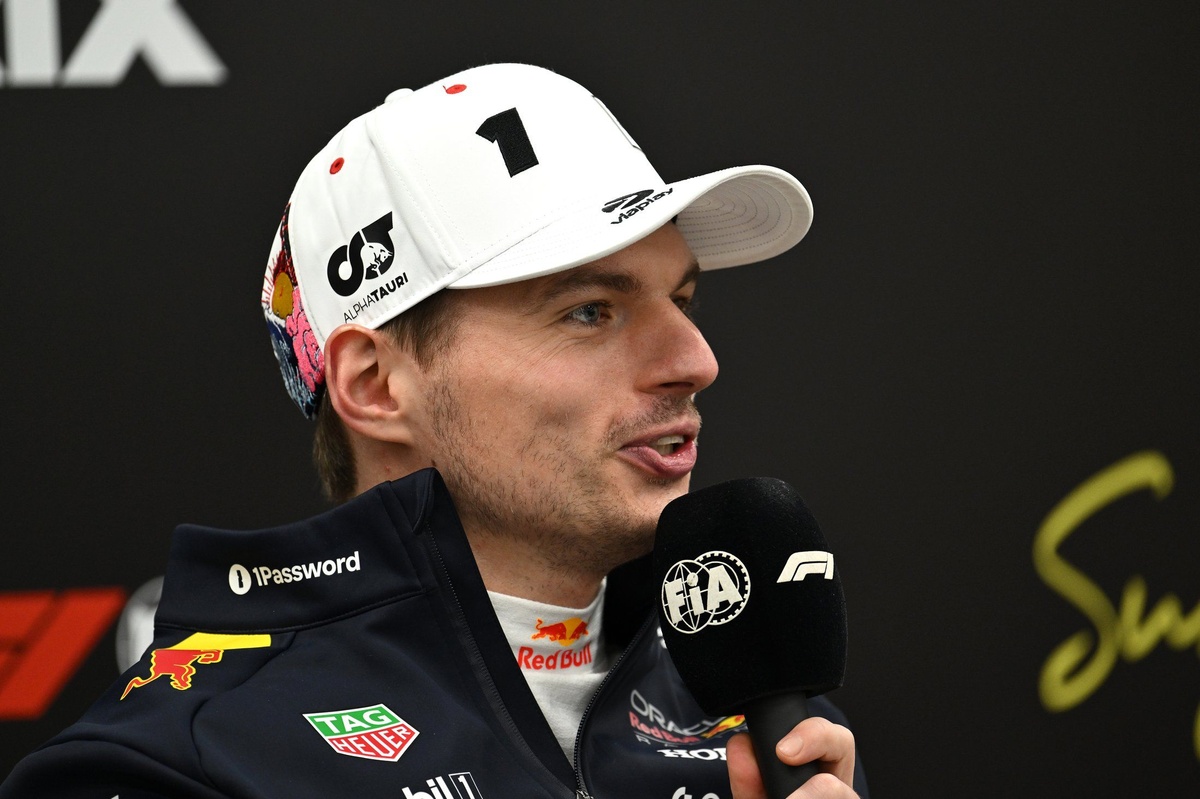
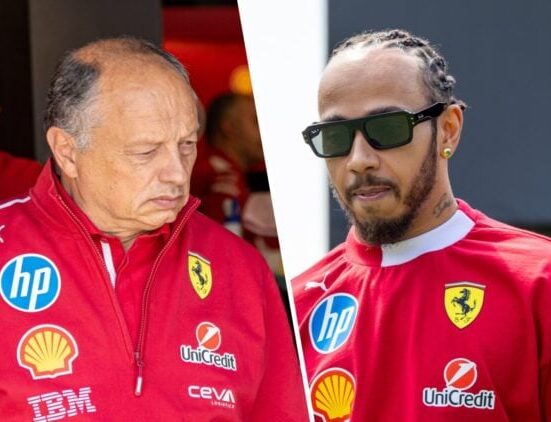
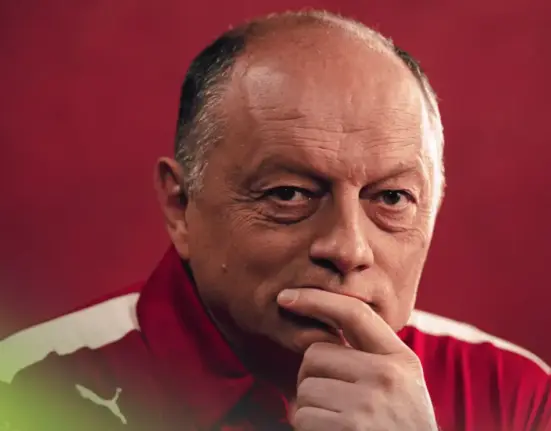

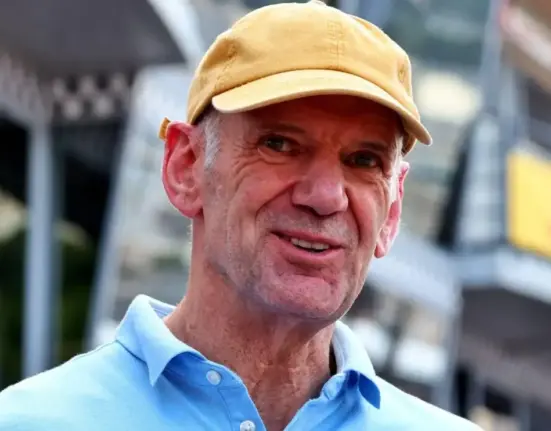
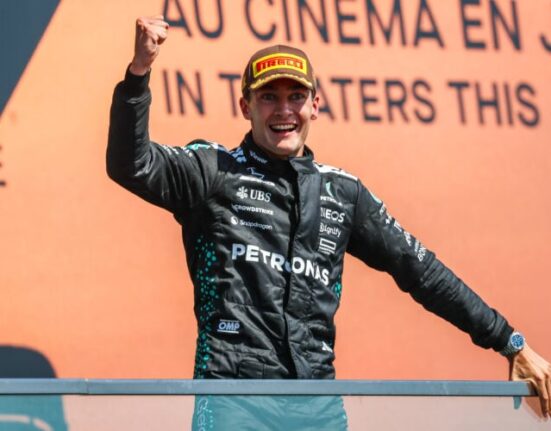

Leave feedback about this